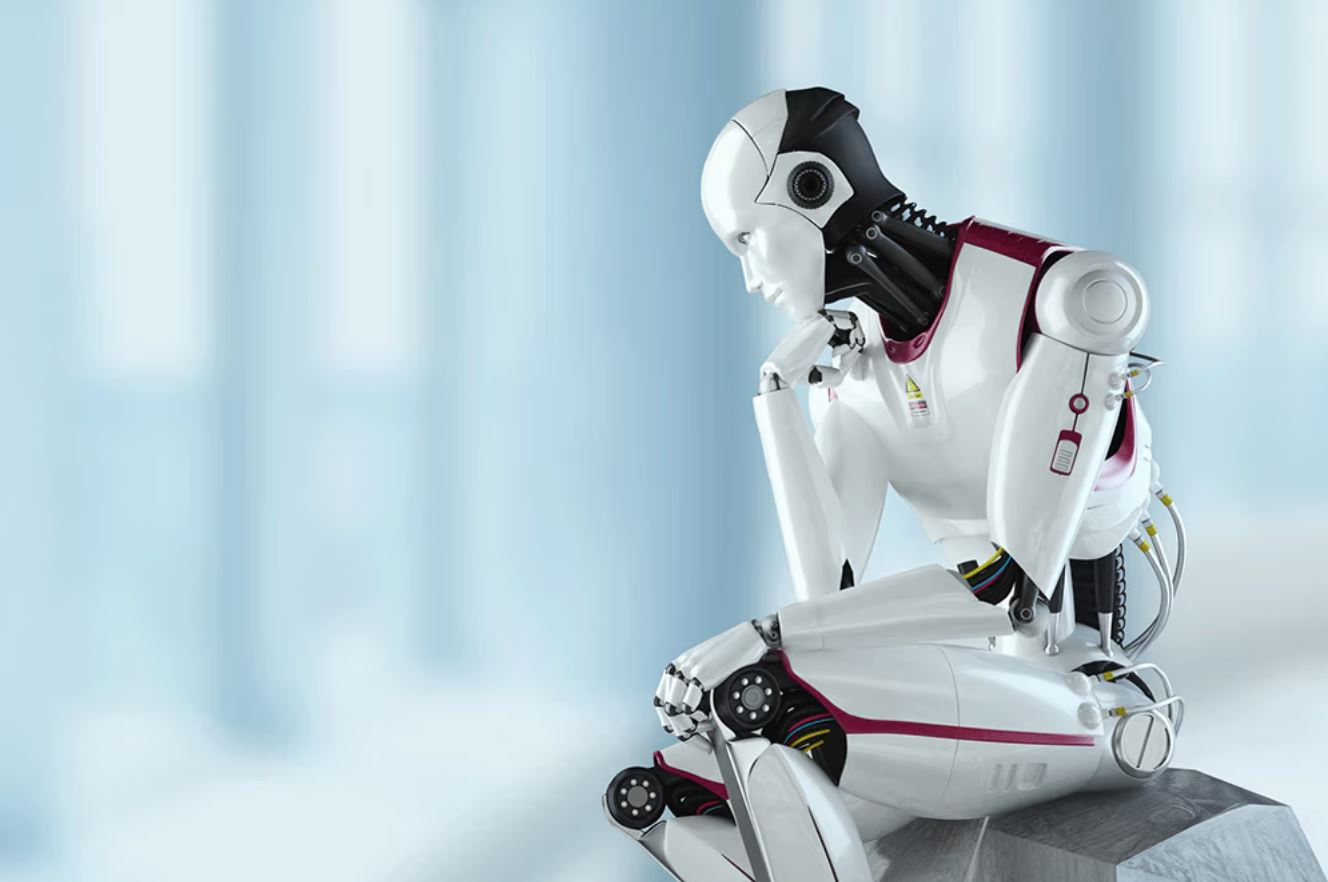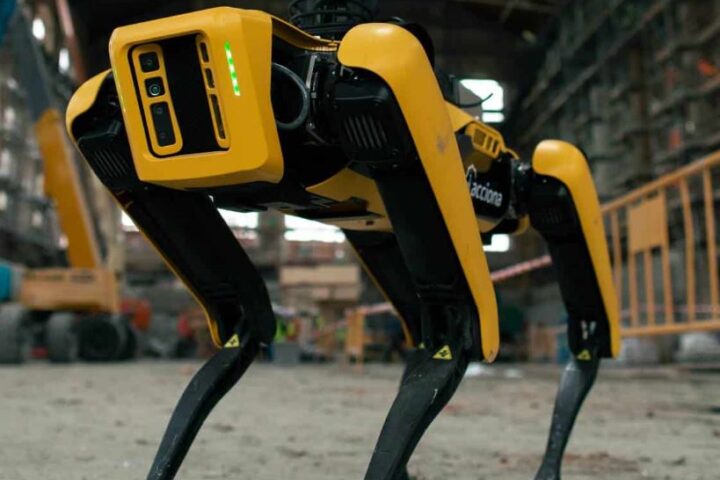 The future of humanoid robotics is looking bright, with growth projected to transform not just manufacturing but a range of sectors. Industrial robots have long impressed with their precision and speed, and now humanoid robots are stepping up, bringing human-like interaction into more diverse roles. At Freudenberg Sealing Technologies, we understand that high-performance seals aren’t just an add-on—they’re key to powering the advanced movements in these next-gen machines.
The future of humanoid robotics is looking bright, with growth projected to transform not just manufacturing but a range of sectors. Industrial robots have long impressed with their precision and speed, and now humanoid robots are stepping up, bringing human-like interaction into more diverse roles. At Freudenberg Sealing Technologies, we understand that high-performance seals aren’t just an add-on—they’re key to powering the advanced movements in these next-gen machines.
Fortune Business Insights estimates the global humanoid robot market was valued at about $2.43 billion in 2023, with forecasts soaring as high as $66 billion by 2032. You might recall BMW’s Figure 02 robot at their Spartanburg, N.C. plant, or Amazon’s trial of Agility Robotics’ Digit in U.S. warehouses. Such examples underscore the growing reliance on reliable automation. In these systems, seals play a critical role—acting almost like the robots’ muscles in hydraulic and pneumatic actuators.
Freudenberg’s extensive experience with industrial robots—from collaborative arms to automated guided vehicles—positions them well in addressing these sealing needs. Their range includes solutions like the Ingress Protection Seals for Robots (ISPR), which guard against dust and water, and the Premium Sine Seal designed for motors and gearboxes. PTFE (polytetrafluoroethylene) wafer seals are also popular, thanks to their low friction and water-repellent properties, making them ideal even under high temperatures.
As designers push the envelope with more compact power systems in humanoid robots, miniaturised yet robust solutions are in high demand. Innovations such as Freudenberg’s Quantix ULTRA thermoplastic—which withstands temperatures up to 1,200°C (2,192°F)—highlight how far sealing technologies have come. If you’ve ever struggled with maintaining performance in challenging conditions, these advancements offer a much-needed boost in reliability and efficiency for demanding automation environments.








